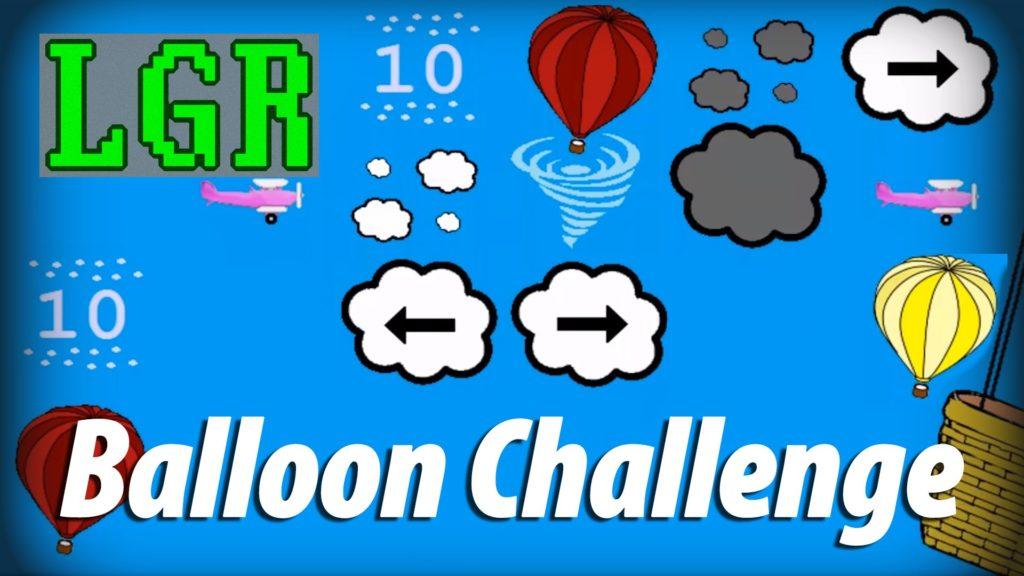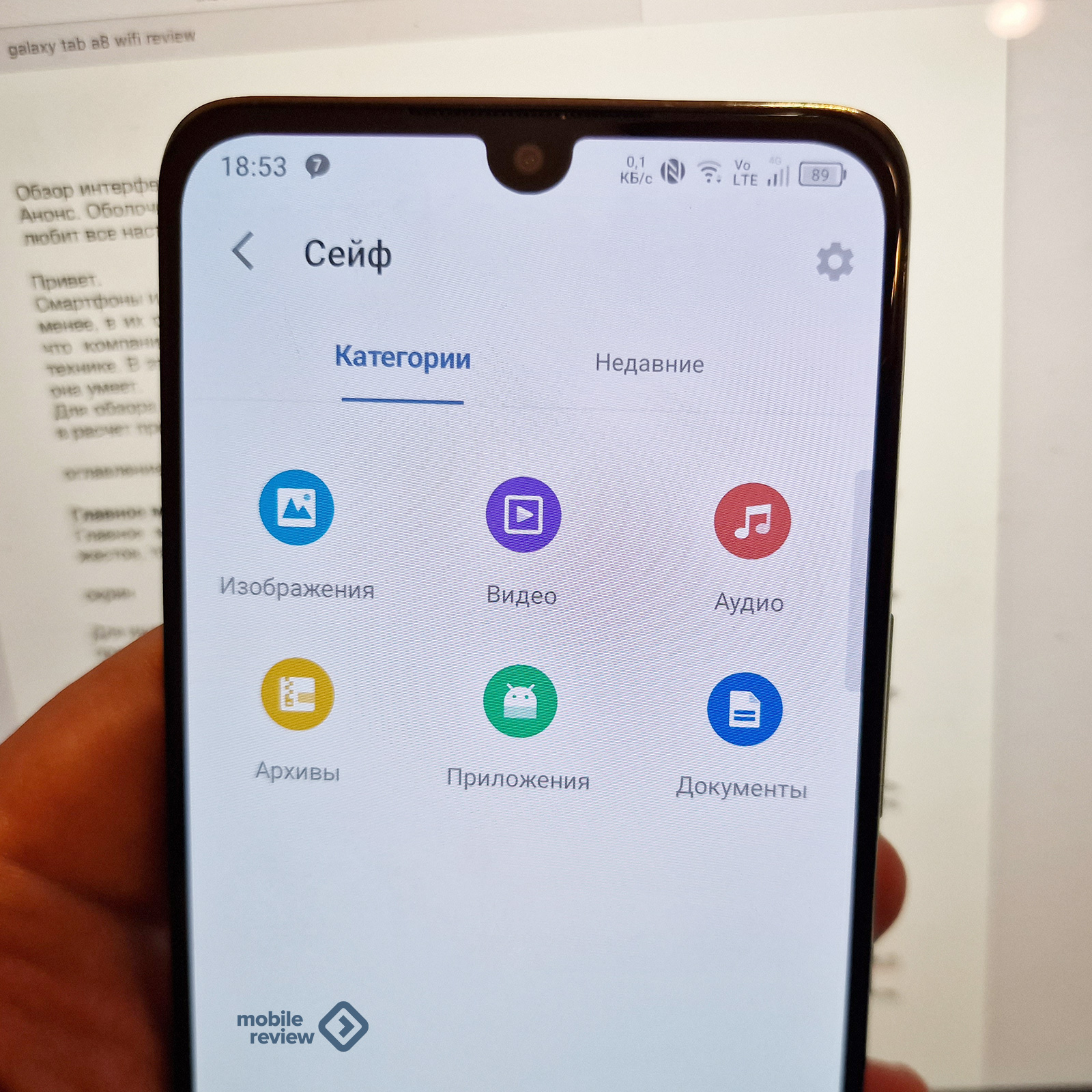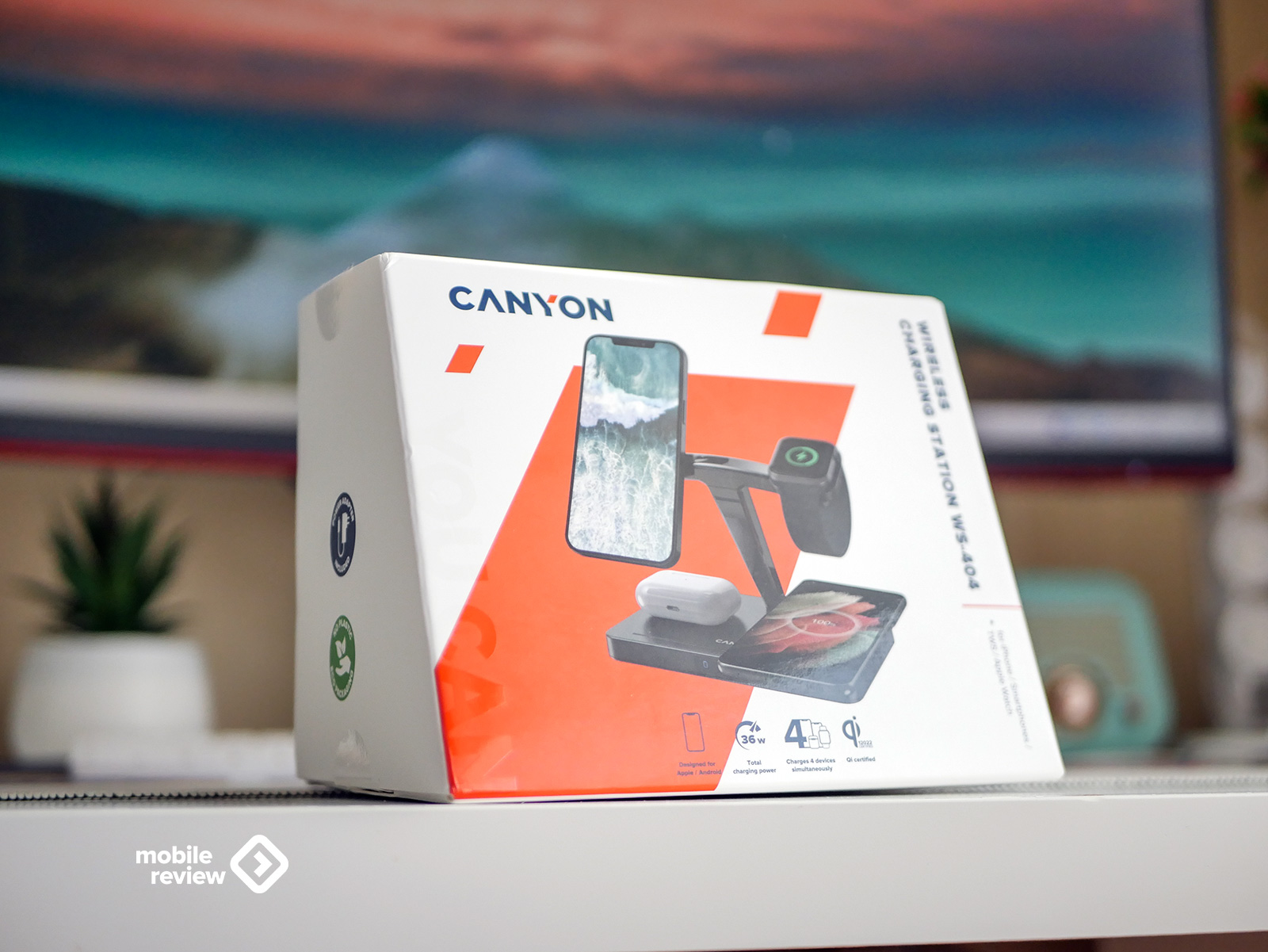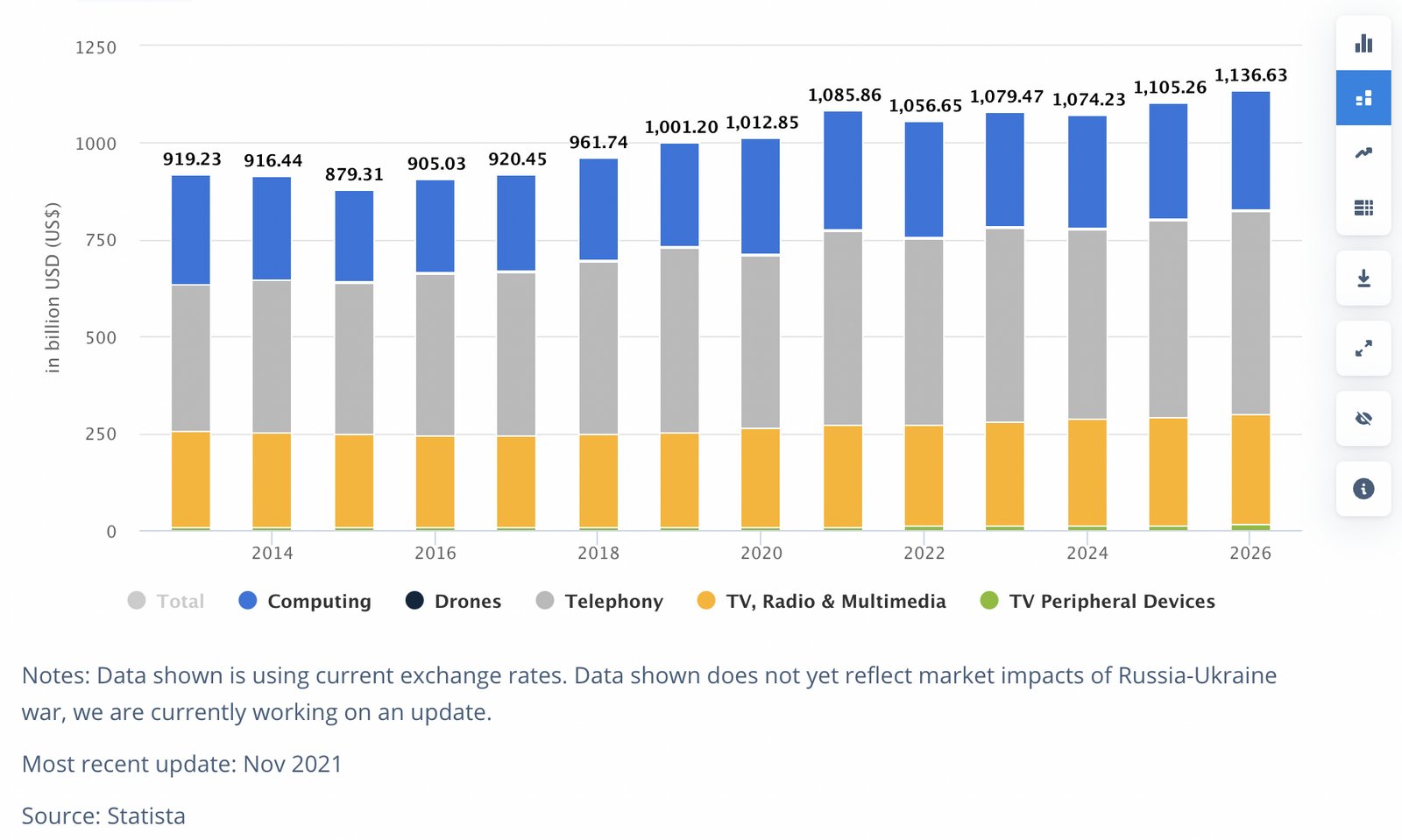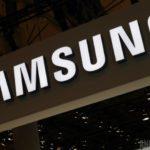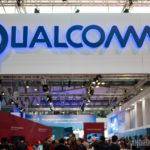
BlackBerry says the DTEK60 can go head to head with the iPhone 7 Plus and Google Pixel XL
❤ 474 , Категория: Новости, ⚑ 20 Авг 2017г [ad_1]
Available in the US and other markets since earlier this week, the BlackBerry DTEK60 is a high-end smartphone that costs less than your typical high-end handset from major companies. The DTEK60 is priced at $499 unlocked, and offers quite a lot for that kind of money, including an aluminum and glass body, a 5.5-inch Quad HD screen, a Snapdragon 820 CPU, 4 GB of RAM, and so on.
In a video interview, BlackBerry COO Marty Beard said that the company’s «very proud» of the DTEK60, and that the handset can go head to head with other 5.5-inch phones like the iPhone 7 Plus and Google Pixel XL. In fact, Marty Beard argues that the DTEK60 has some advantages. Besides being about $200 cheaper, the BlackBerry DTEK60 is a bit smaller and thinner than the iPhone 7 Plus and Pixel XL, and, thanks to BlackBerry’s software (integrated into Android), it’s also an «incredibly secure phone.» Moreover, Mr. Beard says the DTEK60 has better battery life than the iPhone 7 Plus, being able to offer up to a day and half of use on a single charge.
We haven’t tested the BlackBerry DTEK60 yet, so we can’t say if it can indeed stand next to the iPhone 7 Plus and Google Pixel XL. But this does seem to be a worthy alternative to these Apple and Google devices, especially if you want to save a few hundred bucks.
You can check out a detailed specs comparison between the BlackBerry DTEK60, iPhone 7 Plus, and Google Pixel XL below. You could also chime in in the comments section to let us know what you think about this new BlackBerry smartphone — which will certainly not be the last BlackBerry-branded handset.
| Design | |||
|---|---|---|---|
| OS | Android (6.0) | iOS (10.x) | Android (7.1) |
| Dimensions | 6.06 x 2.97 x 0.28 inches (153.9 x 75.4 x 7 mm) | 6.23 x 3.07 x 0.29 inches (158.2 x 77.9 x 7.3 mm) | 6.09 x 2.98 x 0.34 inches (154.72 x 75.74 x 8.6 mm) |
| Weight | 5.82 oz (165 g) the average is 5.2 oz (149 g) | 6.63 oz (188 g) the average is 5.2 oz (149 g) | 5.93 oz (168 g) the average is 5.2 oz (149 g) |
| Materials | Main body: glass; Accents: glass | Main body: aluminum | Main body: aluminum; Accents: glass |
| Features | Fingerprint (touch) | Fingerprint (touch) | Fingerprint (touch) |
| Rugged | Water, Dust resistant | Splash, Dust resistant | |
| IP certified | IP 67 | IP 53 |
| Display | |||
|---|---|---|---|
| Physical size | 5.5 inches | 5.5 inches | 5.5 inches |
| Resolution | 1440 x 2560 pixels | 1080 x 1920 pixels | 1440 x 2560 pixels |
Pixel density Pixel density — The pixel density of a display represents the number of pixels over an area of one inch. It’s measured in “pixels per inch”, or ppi. The higher the number, the more detailed and good-looking the display is. | 534 ppi | 401 ppi | 534 ppi |
Technology Technology — There are two main screen technologies currently used in phones and tablets: LCD and AMOLED. The former usually features a light source and liquid crystals, while the latter is based on organic light-emitting diodes. Newer LCD variations like IPS-LCD and Super-LCD allow for very accurate color reproduction and very wide viewing angles, where no significant image quality loss is observed. Current AMOLED screens differ in such a way that they can exhibit much more saturated colors (sometimes too much) and incredibly high contrast levels, which is due to black color being completely black in AMOLED displays. | IPS LCD | AMOLED | |
| Screen-to-body ratio | 71.82 % | 67.58 % | 71.22 % |
| Colors | 16 777 216 | 16 777 216 | 16 777 216 |
| Peak brightness | 625 cd/m2 (nit) |
| Camera | |||
|---|---|---|---|
| Camera | 21 megapixels | 12 megapixels | 12.3 megapixels |
| Flash | Dual LED | Quad LED | Dual LED |
| Aperture size Aperture size — The aperture of a camera is the opening through which light travels before it reaches the camera sensor. The smaller the number is, the bigger this opening is, allowing for more light to pass. | F2.0 | F1.8 | F2.0 |
| Camera sensor size | 1/2.6″ | ||
| Pixel size | 1.55 μm | ||
| Optical zoom | 2.0 x | ||
| Hardware Features | Autofocus | Sapphire crystal lens cover, Optical image stabilization, Autofocus, Back-illuminated sensor (BSI) | Autofocus |
| Software Features | Touch to focus, Face detection, Self-timer, Digital zoom, Geo tagging | RAW image capture, Touch to focus, Face detection, Self-timer, Digital zoom, Geo tagging | Digital image stabilization, Digital zoom, Geo tagging |
| Camcorder | 3840×2160 (4K) (30 fps), 1920×1080 (1080p HD), 1280×720 (720p HD) (120 fps) | 3840×2160 (4K) (30 fps), 1920×1080 (1080p HD) (120 fps), 1280×720 (720p HD) (240 fps) | 3840×2160 (4K) (30 fps), 1920×1080 (1080p HD) (120 fps), 1280×720 (720p HD) (240 fps) |
| Features | Digital image stabilization, Video calling, Video sharing | Optical image stabilization, Time-lapse video, Continuous autofocus, Video calling, Video sharing | Video calling, Video sharing |
| Front-facing camera | 8 megapixels | 7 megapixels | 8 megapixels |
| Video capture | 1920×1080 (1080p HD) (30 fps) | 1920×1080 (1080p HD) | 1920×1080 (1080p HD) (30 fps) |
| Hardware | |||
|---|---|---|---|
System chip System chip — Most modern handsets use an advanced chip that includes many of the device’s hardware modules like the processor, Wi-Fi, Bluetooth and sometimes even the wireless radio. This field shows what particular system chip (or System-on-a-Chip) is used in the phone. | Qualcomm Snapdragon 820 MSM8996 | Apple A10 Fusion | Qualcomm Snapdragon 821 MSM8996 Pro |
Processor Processor — The processor is the main computing component of a phone and is a major factor when it comes to the overall speed of the device. Some more powerful smartphones use dual-core and quad-core processors designed to deliver greater performance. | Quad-core, 2150 MHz, Kryo, 64-bit | Quad-core, 2340 MHz, 64-bit | Quad-core, 2150 MHz, Kryo, 64-bit |
| Graphics processor | Adreno 530 | Yes | Adreno 530 |
System memory System memory — System memory, or RAM memory is the type of memory that the device uses to temporarily store data from the OS or currently-running apps. The more RAM available to the device, the better the performance will be when multiple or heavier programs are running. | 4 GB RAM / LPDDR4 | 3 GB RAM / LPDDR4 | 4 GB RAM / LPDDR4 |
| Built-in storage | 32 GB | 256 GB | 128 GB |
| Storage expansion | microSD, microSDHC, microSDXC |
| Battery | |||
|---|---|---|---|
| Capacity | 3000 mAh | 2900 mAh | 3450 mAh |
| Fast Charge | Yes | Yes | |
| Talk time | 26.00 hours the average is 15 h (874 min) | 32.00 hours the average is 15 h (874 min) | |
| Stand-by time | 14.0 days (336 hours) the average is 15 days (365 h) | 21.8 days (522 hours) the average is 15 days (365 h) | |
| Talk time (3G) | 21.00 hours the average is 17 h (1012 min) | ||
| Stand-by time (3G) | 16.0 days (384 hours) the average is 21 days (506 h) | ||
| Internet use | |||
| 3G | 13 hours | ||
| LTE | 13 hours | 14 hours | |
| Wi-Fi | 15 hours | 14 hours | |
| Music playback | 88.00 hours | 60.00 hours | 130.00 hours |
| Video playback | 17.00 hours | 12.00 hours | 14.00 hours |
| Cellular | |||
|---|---|---|---|
CDMA CDMA — Code Division Multiple Access. A technique of multiplexing, also called spread spectrum, in which analog signals are converted into digital form for transmission. For each communication channel, the signals are encoded in a sequence known to the transmitter and the receiver for that channel. The foremost application is digital cellular phone technology from QUALCOMM that operates in the 800MHz band and 1.9GHz PCS band. CDMA phones are noted for their excellent call quality and long battery life. | 800, 1900 MHz | ||
| GSM | 850, 900, 1800, 1900 MHz | 850, 900, 1800, 1900 MHz | 850, 900, 1800, 1900 MHz |
| UMTS | 850, 900, 1700/2100, 1900, 2100 MHz | 850, 900, 1700/2100, 1900 MHz | 850, 900, 1700/2100, 1900, 2100 MHz |
| LTE (FDD) | Bands 1, 2, 3, 4, 5, 7, 8, 19, 20, 28 | Bands 1, 2, 3, 4, 5, 7, 8, 12, 13, 17, 18, 19, 20, 25, 26, 28, 29, 30 | Bands 1, 2, 3, 4, 5, 7, 8, 12, 13, 17, 20, 25, 26 |
| LTE (TDD) | Bands 38, 40, 41 | Bands 38, 39, 40, 41 | Bands 41 |
| Data | LTE-A Cat 6 (300/50 Mbit/s), HSDPA+ (4G) 42.2 Mbit/s, HSUPA | LTE-A Cat 12 (600/100 Mbit/s), HSDPA+ (4G) 42.2 Mbit/s, HSUPA 5.76 Mbit/s | LTE-A Cat 11 (600/75 Mbit/s), HSDPA+ (4G) 42.2 Mbit/s, HSUPA, UMTS |
| Shopping information | |||
|---|---|---|---|
| MSRP price | € 579 / $ 499 | $ 969 | $ 869 |
[ad_2]
Source link
- T-Mobile will return 50% of the cost of your new unlocked 32GB Pixel if you b...
- Samsung to invest $24 billion in chips and displays this year
- iPhone 7 vs Google Pixel: which of the two takes better selfies?
- T-Mobile now has a better Google Pixel deal than Verizon
- All aboard the painting app train: Google is making its own Prisma competitor...
Похожие записи



